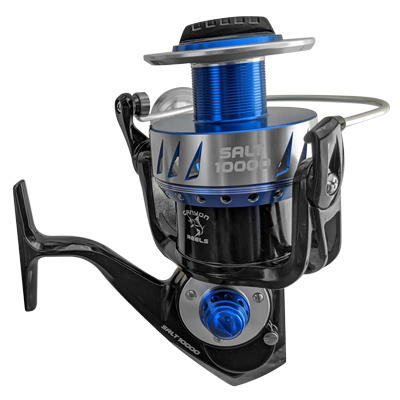 Building a custom fishing rod isn’t so different from crafting a tailored suite – it should fit you perfect and meet your specific needs. One of the most critical aspects of this process is selecting the right components. Each component, from the blank to the guides to the handle, plays a vital role in the rod’s performance and comfort. In the following guide, we’ll walk you through some steps to choose the right components for your custom rod, ensuring that the final product enhances your fishing experience.
Building a custom fishing rod isn’t so different from crafting a tailored suite – it should fit you perfect and meet your specific needs. One of the most critical aspects of this process is selecting the right components. Each component, from the blank to the guides to the handle, plays a vital role in the rod’s performance and comfort. In the following guide, we’ll walk you through some steps to choose the right components for your custom rod, ensuring that the final product enhances your fishing experience.
Selecting the Right Rod Blank
The rod blank is the foundation of your custom rod, so the following considerations are incredibly important:
Determining Action and Power
Action describes how the rod bends under load. Fast-action rods bend near the tip, offering quick responsiveness and sensitivity, while slower ones bend more toward the butt, providing a forgiving flex. Power refers to the rod’s strength or lifting power, ranging from ultralight to extra-heavy. Match the power to the size and strength of the fish you’re targeting.
Material Considerations
When it comes to blanks, the choice of material is incredibly important. Graphite blanks are ideal for sensitivity and their lightweight, making them suitable for techniques requiring finesse. Meanwhile, fiberglass blanks are ideal for better durability and flexibility. These are suitable for heavy lures and aggressive fish. And composite blanks offer a balance between sensitivity and strength.
Length Decisions
Longer rods cast further but may sacrifice some precision. Shorter ones are the opposite, with better control and easier maneuverability. It’s important to consider the space you’ll be fishing in. Tight streams may require shorter rods, while open waters can accommodate longer ones.
Choosing Guides and Tip-Tops
Guides affect line flow, casting distance, and overall rod balance. Here are some things to consider:
Material Options
Stainless steel guides are durable and cost-effective, but heavier. Titanium guides are lightweight and corrosion resistant, but more expensive. Meanwhile, ceramic inserts reduce friction, promoting smoother casts, and reducing line wear.
Guide Size and Placement
Size is important as larger guides can accommodate knots and thicker lines but add weight. Meanwhile, the number and spacing of guides influence how the rod bends and distributes stress.
Special Configurations
If you’re looking for any special configurations, micro-guides are smaller and lighter, improving sensitivity and reducing weight. Spiral wraps – also known as acid wraps – are guides that are wrapped around the rod to reduce torque in casting rods.
Selecting the Reel Seat
The reel seat secures your reel and contributes to comfort. There are two main types of reel seats. Spinning reel seats are designed for spinning reels with larger openings. Casting reel seats, meanwhile, have a trigger grip for baitcasting reels. It’s also important to consider the comfort level and ergonomics of your various options. Graphite reel seats are lightweight and sensitive, while aluminum reel seats are durable and strong, ideal for heavy-duty applications. Choose a reel seat that fits comfortably in your hand.
Customizing Handles and Grips
The handle you choose will affect both comfort and control. For example, you can expect a cork handle to be lightweight with a traditional feel, providing a good grip even when wet. EVA foam will be durable and resistant to weathering, while offering a comfortable grip. Hypalon is similar, but denser and more resistant to chemicals and UV light.
Grip is another important consideration – a full grip provides maximum contact and control while aa split grip reduces weight and can improve balance, offering a more modern aesthetic. And when it comes to length and shape, longer handles are better for two-handed casting and fighting larger fish while custom shaping allows you to tailor the grip to fit your hand size and grip style.
Personalizing Aesthetics
One of the best parts of customizing a rod is expressing your personality through your rod’s aesthetics. You can do this through decorative wraps and finishes. Choose colors that reflect your style or use epoxy finishes, which protect the thread wraps and add a glossy look. Maybe you want to include personal messages such as your name, a favorite quote, or a commemoration of a special event. You can even add custom designs, logos, and graphics to make your rod stand out as your own.
Budgeting and Making Smart Choices
We all have to be budget conscious to some extent so it’s important to balance cost with desired features. Invest in performance areas by allocating more budget to the blank and guides, which most affect performance. If necessary, you can opt for a simpler design to stay within budget. It’s also important to keep in mind that higher-quality components may have a higher upfront cost but will offer better durability and performance over time.
Work with Signature Fishing Rods
Choosing the right components for your custom fishing rod is a personalized journey that can significantly enhance your angling experience. Here at Signature Fishing Rods, we want to help you make the most of that experience. We’ll help you build a rod that fits your specific needs and preferences; one that feels comfortable, performs well, and brings you joy every time you use it. Browse our website or give us a call at 630-234-6214 to learn more!

 Have you ever used a fishing rod so heavy that you were exhausted by the end of the day, hampering your ability to catch more fish? Or, alternatively, have you ever had a rod break at a critical moment because it wasn’t strong enough. Balancing weight and strength in a fishing rod is essential for maximizing performance and comfort. In this blog post, we’re going to take a closer look at how to achieve the optimal balance in your
Have you ever used a fishing rod so heavy that you were exhausted by the end of the day, hampering your ability to catch more fish? Or, alternatively, have you ever had a rod break at a critical moment because it wasn’t strong enough. Balancing weight and strength in a fishing rod is essential for maximizing performance and comfort. In this blog post, we’re going to take a closer look at how to achieve the optimal balance in your 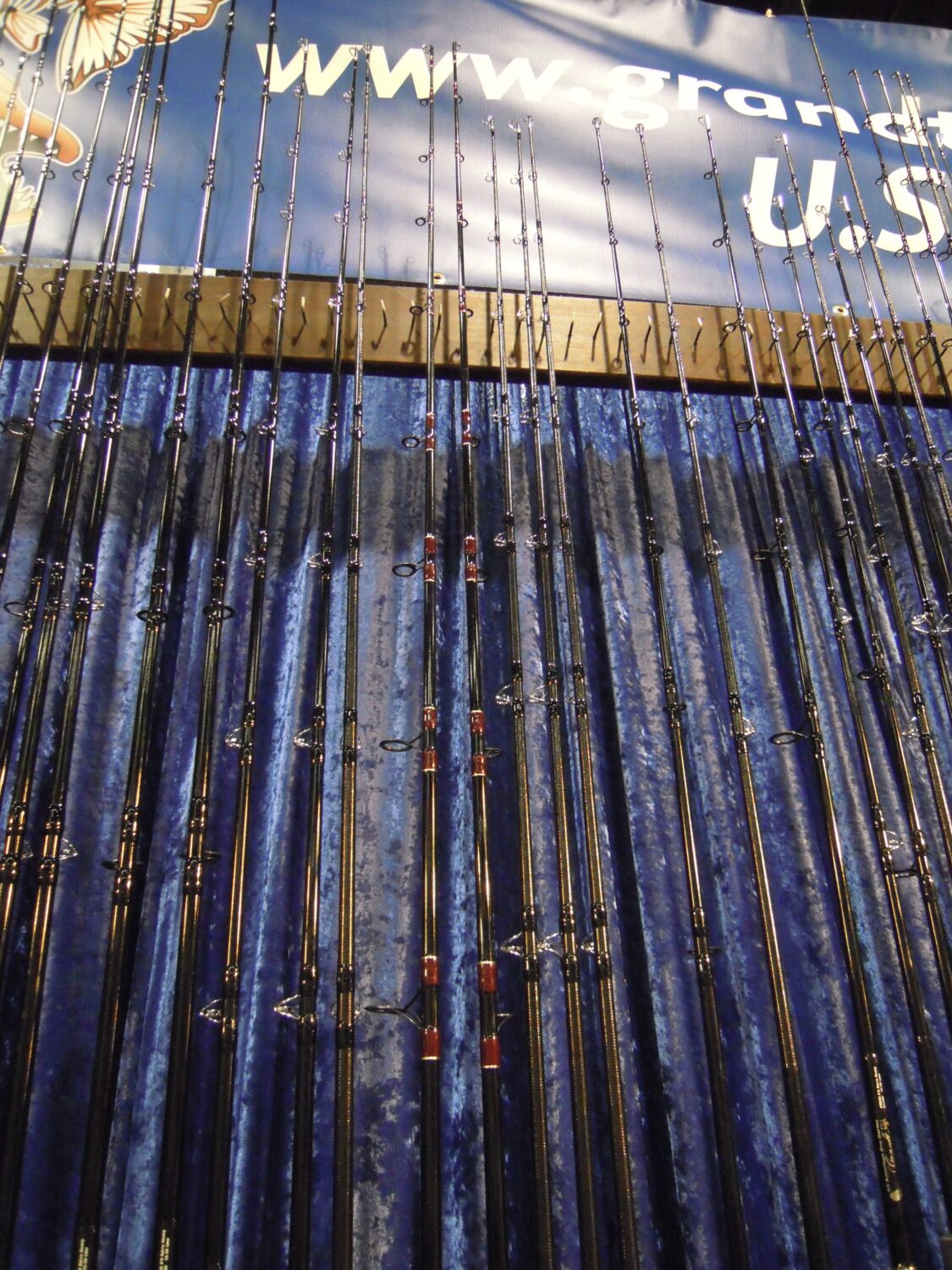 Have you ever noticed that two fishing rods of similar size and appearance can feel completely different when you pick each of them up? That’s because of the materials used to construct the rods. When it comes to
Have you ever noticed that two fishing rods of similar size and appearance can feel completely different when you pick each of them up? That’s because of the materials used to construct the rods. When it comes to 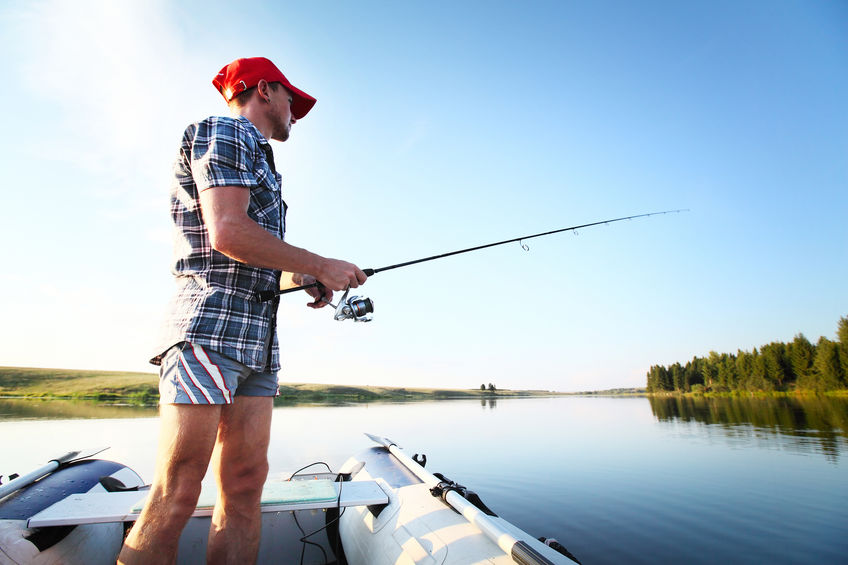 Picture this: you’re standing at the edge of a serene lake, the early morning mist rising off the water, and casting a line with a fishing rod that feels like it was made just for you – because it was! That’s the beauty of a custom fishing rod. It’s not just a piece of equipment; it’s an extension of your arm, tailored to your unique style and needs.
Picture this: you’re standing at the edge of a serene lake, the early morning mist rising off the water, and casting a line with a fishing rod that feels like it was made just for you – because it was! That’s the beauty of a custom fishing rod. It’s not just a piece of equipment; it’s an extension of your arm, tailored to your unique style and needs. Just because the weather is cold, and the days are shorter doesn’t mean you have to put away your fishing rod for the season. Winter fishing can be an exhilarating experience, especially for those trying it for the first time. The serene, frosty landscapes and the unique challenges make winter fishing a rewarding endeavor. But it also requires a different approach compared to fishing in warmer seasons. Let’s dive into what you need to know to make your first winter fishing experience both safe and successful:
Just because the weather is cold, and the days are shorter doesn’t mean you have to put away your fishing rod for the season. Winter fishing can be an exhilarating experience, especially for those trying it for the first time. The serene, frosty landscapes and the unique challenges make winter fishing a rewarding endeavor. But it also requires a different approach compared to fishing in warmer seasons. Let’s dive into what you need to know to make your first winter fishing experience both safe and successful: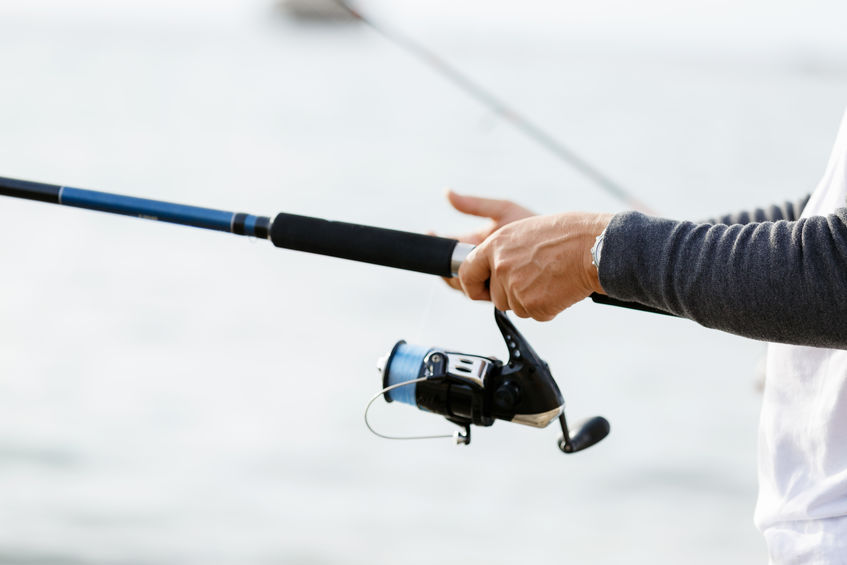
 As the colors of the leaves change and the chilly air rolls in, many people start packing away their fishing gear for the year. But you shouldn’t be so hasty. Before you put away your rods and reels, let’s explore why October might actually be the best time to fish. While weather patterns might vary significantly across the United States, October brings a unique set of advantages that can make it a prime fishing month in many regions. Here are a few reasons why:
As the colors of the leaves change and the chilly air rolls in, many people start packing away their fishing gear for the year. But you shouldn’t be so hasty. Before you put away your rods and reels, let’s explore why October might actually be the best time to fish. While weather patterns might vary significantly across the United States, October brings a unique set of advantages that can make it a prime fishing month in many regions. Here are a few reasons why: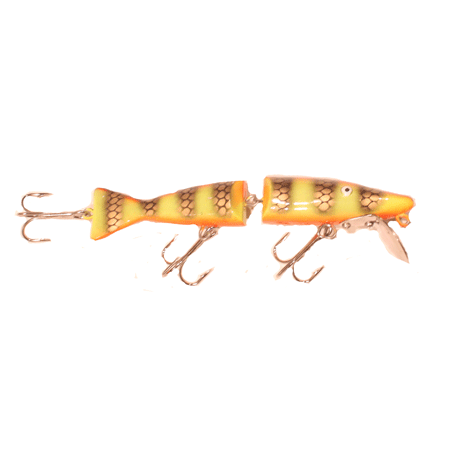 Anyone who has fished long enough knows that no two days on the water are alike. Some days, fish bite enthusiastically and others they are completely indifferent. While there are many factors that influence these outcomes, water temperature plays a pivotal role in determining fish behavior and the effectiveness of different baits. Understanding how to match the bait to the water temperature can significantly enhance your fishing outings. Let’s take a closer look at the thermal preferences of fish and how you can adjust your bait selection accordingly:
Anyone who has fished long enough knows that no two days on the water are alike. Some days, fish bite enthusiastically and others they are completely indifferent. While there are many factors that influence these outcomes, water temperature plays a pivotal role in determining fish behavior and the effectiveness of different baits. Understanding how to match the bait to the water temperature can significantly enhance your fishing outings. Let’s take a closer look at the thermal preferences of fish and how you can adjust your bait selection accordingly: When the temperatures begin to drop and the days get shorter, many anglers pack up their rods for the year, mistakenly believing that the best of the fishing season has passed. However,
When the temperatures begin to drop and the days get shorter, many anglers pack up their rods for the year, mistakenly believing that the best of the fishing season has passed. However, 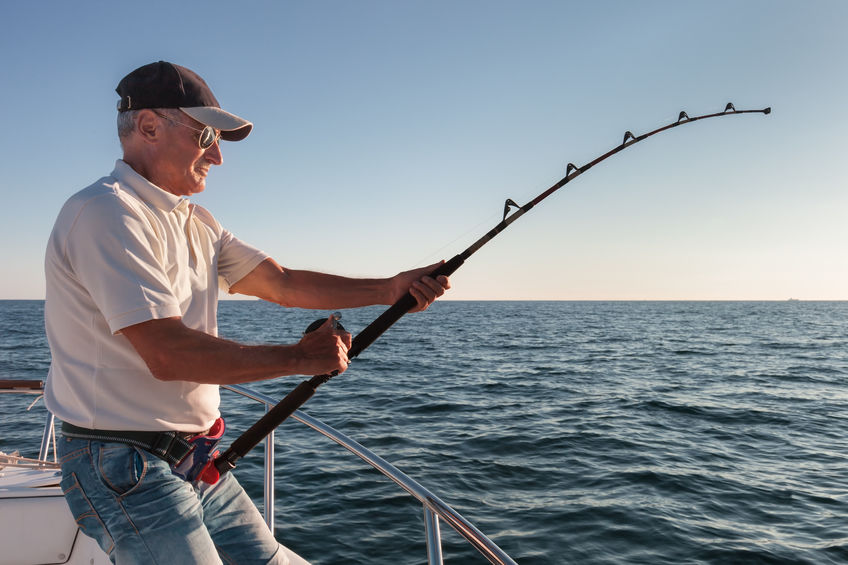 If you’ve ever watched a fishing tournament or talked to a professional fisherman, you might have noticed a common trend: many of them are using
If you’ve ever watched a fishing tournament or talked to a professional fisherman, you might have noticed a common trend: many of them are using 

